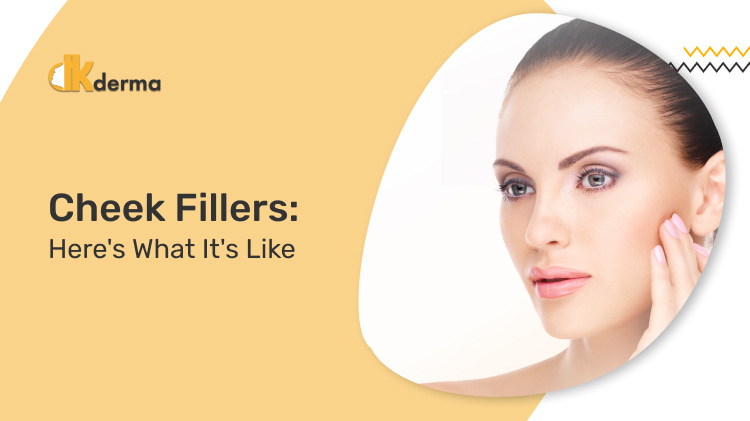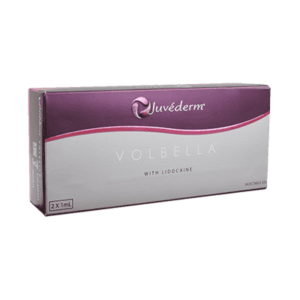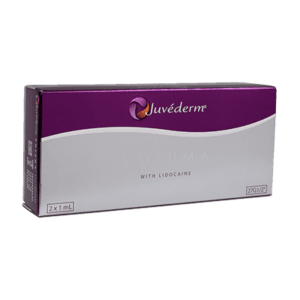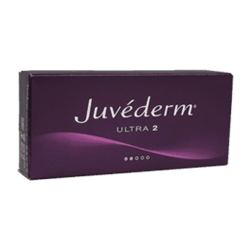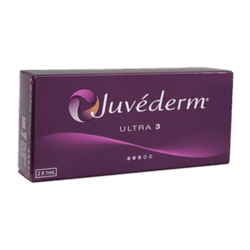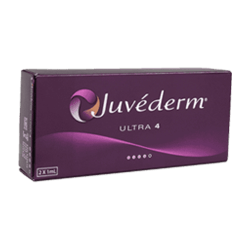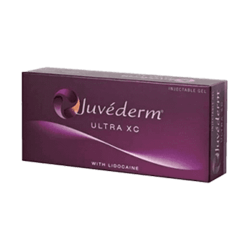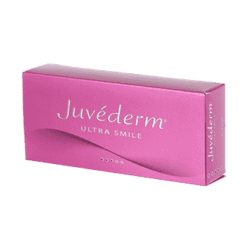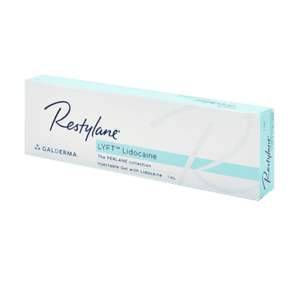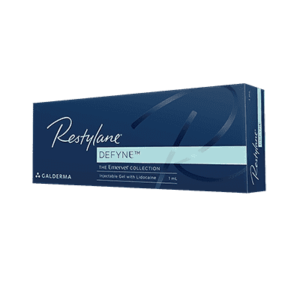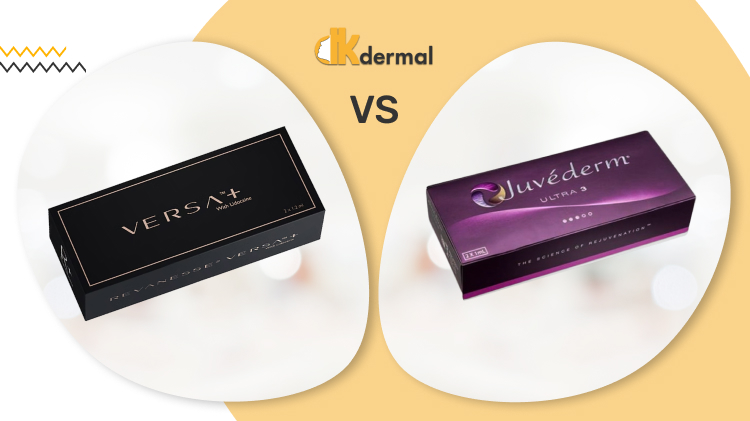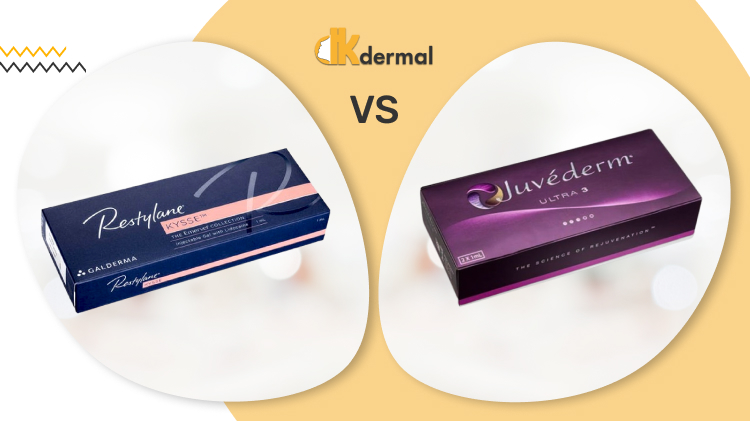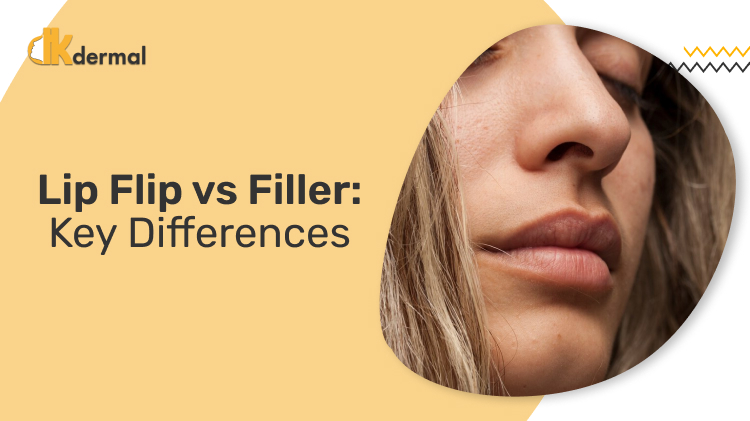Dermal fillers are injectable gel-like substances with a wide range of aesthetic indications. They might be effectively used to smooth fine lines, augment lips, or even change the facial anatomy of a patient (by means of adding volume to certain parts of the face, such as cheeks).
The below-mentioned information contains a detailed overview of cheek fillers. So, how about checking out their definition, working principle, expected result, approximate price, and other peculiarities right away?
What Are Cheek Fillers?
A cheek filler is an injectable, sterile, and gel-like product that is used to add volume to the cheekbone area of a patient and, therefore, create the effect of a more defined facial bone structure.
Depending on their main active substance, there exist several types of dermal fillers. Namely, you might come across polylactic acid, calcium hydroxylapatite, or hyaluronic acid fillers. While each group has its own range of aesthetic indications, the latest one is most often used to restore the missing or lost cheek volume.
A vast majority of cheek fillers are based on hyaluronic acid (HA). It is a naturally occurring substance that has a striking power to attract moisture and activate natural collagen production.
Juvederm and Restylane are the main dermal filler brands that are used to add volume to the cheek area. Below, you will find a list of the products that are most often injected to enhance a patient’s facial contours by defining cheeks:
At the same time, Radiesse (a calcium hydroxylapatite filler) and Sculptra (a polylactic acid filler) might also sometimes be used to restore lost volume around the cheek area. However, their administration for this purpose is not as typical as the one of a HA filler.
How Is Cheek Augmentation Performed?
Please note that cheek fillers (similar to a great number of other cosmetic injectables) are products that are intended for professional use. Therefore, only certified healthcare providers are eligible to buy dermal fillers and use them.
The cosmetic procedure of cheek augmentation might be roughly divided into three stages. Let us take a closer look at each of them:
- Stage #1: Preparation for the treatment. It is an initial stage of cheek enlargement that occurs before the injection process. It allows a medical professional to investigate a patient’s individual health condition to exclude the presence of any contraindications to the treatment by means of taking a look at their medical history.
A good candidate for cheek augmentation should NOT have any of the following health conditions: an allergy to any component of a cheek filler, a serious disease (for instance, poor blood clotting), or an ongoing infection around the intended area of the treatment. As well, they should not be pregnant or breastfeeding.
- Stage #2: Actual treatment. After making sure that a patient does not have any contraindications to the procedure, a medical professional might start injecting filler under the skin’s surface of a patient’s mid-cheek area with the help of a fine gauge needle. If needed, they might also apply a topical anesthetic (for instance, a numbing cream) to the intended treatment area in order to help minimize discomfort of a patient.
The medical procedure of getting a cheek filler injected is minimally invasive. Therefore, it is usually performed within a time period of twenty minutes and does not require any downtime.
- Stage #3. After-treatment recovery. As soon as the injection of a cheek filler is over, a medical professional might apply ice packs to the area of the treatment in order to reduce minor swelling, itching, or redness a patient might experience after the procedure.
To find themselves at low risk of any complications and maximize the effect of cheek filler injections, patients should avoid strenuous exercise, stay away from direct sun exposure, and evade excessive heat for at least forty-eight hours after the treatment. As well they should rely only on experienced medical professionals in order to avoid such problems as, for instance, vascular occlusion (a serious health condition that occurs due to the unintentional injection of a cheek filler into a blood vessel).
What Is the Expected Result of Cheek Augmentation?
Cosmetic procedures that involve cheek fillers tend to provide patients with instant results that include:
- The cheek volume loss restoration;
- The visual cheekbone definition;
- The face shape alteration in the cheek area.
Additionally to the visual augmentation of cheekbones, the injection of dermal fillers might provide a patient with a substantial reduction of nasolabial folds, smile lines, and other wrinkles. As well it might tighten the sagging skin by means of making it more elastic.
In most cases, these results might last from several months to a couple of years. Their exact duration depends on such factors as:
- A type of filler that has been used (for instance, the poly-lactic acid product tends to last longer than other fillers since it is based on a synthetic active ingredient);
- Individual peculiarities of each patient (including their age, skin type, and health condition);
- And so on.
On average, a patient needs only one injection of cheek filler. In some cases, however, a medical professional might prescribe a follow-up procedure to help a patient achieve the desired result. Moreover, the administration of cheek fillers belongs to cosmetic treatments that might be repeated from time to time in order to prolong the effect.
Do you want your buttocks to be toned and attractive again? Then you should read our article Sculptra for Buttocks Before and After: Transform Your Backside which will help you in the best way.
How Much Do Cheek Fillers Cost?
The cost for the injection of a cheek filler depends on a variety of factors, such as:
- The geographical location of a patient;
- The clinic where a patient receives the treatment;
- The professionalism of a healthcare practitioner who performs the procedure;
- The brand and volume of the product that is used;
- And so on.
On average, the price for a single injection of cheek fillers will be around $700. However, it might vary from $400 to $2.500.
In most cases, the administration of cheek fillers belongs to procedures of aesthetic medicine. Therefore, it is not usually covered by health insurance.
What Are the Main Benefits and Drawbacks of Using Cheek Fillers?
The procedure of getting cheek fillers injected is extremely advantageous. At the same time, it has several disadvantages. So, let us check out the main strengths and weaknesses of the treatment!
Here is the list of the essential benefits of using cheek fillers to make cheekbones visually more defined:
- Minimal invasiveness. The process of getting cheek filler administered under a patient’s skin is minimally invasive. Therefore, it does not require any special pre-treatment preparation or post-treatment rehabilitation;
- Safety. Polylactic acid, calcium hydroxylapatite, and hyaluronic acid fillers that are used for augmentation of a patient’s cheeks belong to exceptionally safe products that cause little to no side effects, adverse reactions, or complications;
- Natural-looking result. The result of a cheek filler injection does not look artificial (unless too much product has been administered). In other words, the procedure subtly enhances the natural appearance of a patient instead of completely changing it;
- Instant effectiveness. After getting dermal fillers injected into the area around the cheeks, a patient is expected to see an instantly-visible effect. Therefore, a patient will be able to enjoy their cheek enlargement right after the procedure;
- Long-term duration. On average, a cheek filler remains within a patient’s body for a couple of years. Moreover, a patient might undergo follow-up treatments from time to time to ensure the long-lasting duration of the product.
On the other hand, however, the administration of cheek fillers has several drawbacks, namely:
- Existence of contraindications. The procedure of a cheek filler injection is not suitable for each and every person. For instance, it is not recommended if a patient takes blood thinners or undergoes laser treatments;
- Temporary result. Despite the fact that cheek fillers have a long-term duration, they cannot provide a patient with a permanent result. No matter what type of dermal filler has been used, it will anyway fade away with time;
- Employment of needle puncturing. Any cheek filler should be administered beneath a patient’s skin with the help of an injection. Thus, a person who is afraid of needle puncturing is probably not a good candidate for cheek enlargement with fillers;
- A mild feeling of pain, skin irritation, or redness. Despite the fact that it is a minimally invasive procedure, the injection of cheek fillers might still cause temporary pain, skin irritation, or redness around the area of the treatment;
- Price. While not being covered by health insurance in most cases, the injection of a cheek filler will cost several hundred dollars.
As you can see, the usage of cheek fillers has both strong and weak sides (just like any other cosmetic procedure). Thus, it is totally up to you to decide what will tip the scales in your individual case.
Final Words
Hopefully, now you have a detailed understanding of the peculiarities of cheek fillers. So, feel free to schedule an appointment with your healthcare practitioner and get one step closer to attractive, good-looking, and well-defined cheeks!
